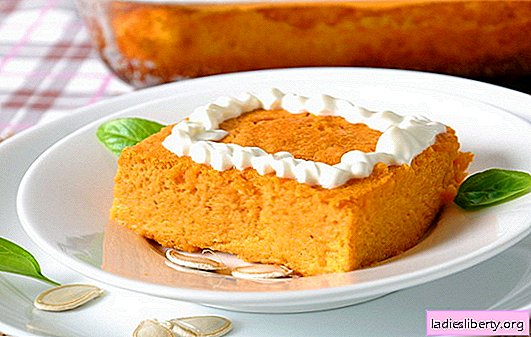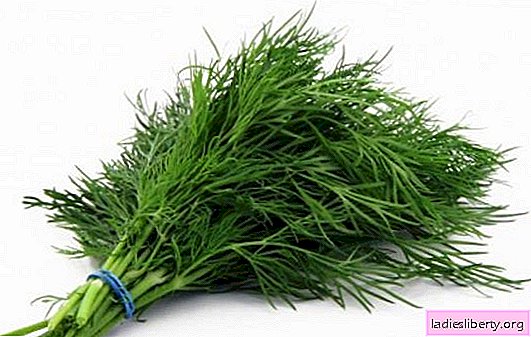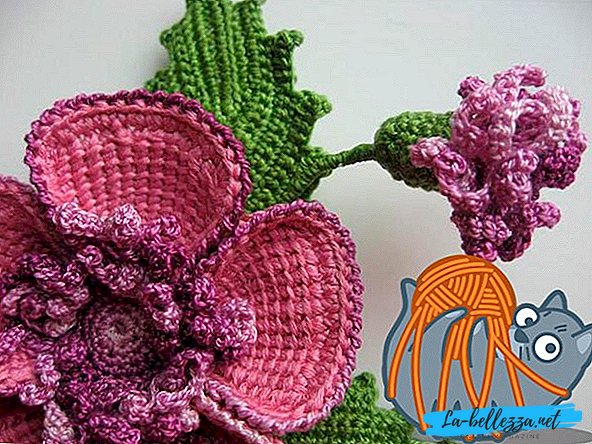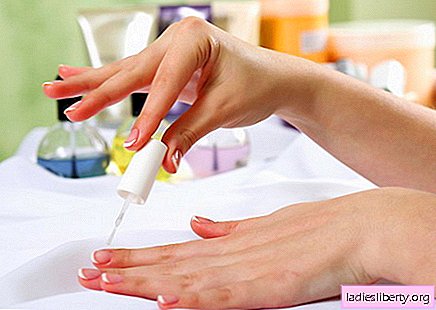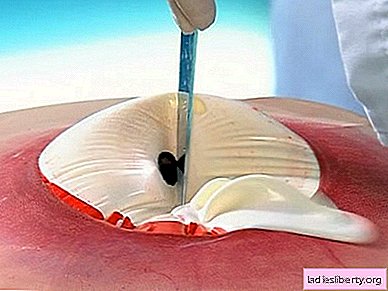
Indoor gloxinia is a beautiful tuber perennial. Its leaves are pubescent, dark green in color. During flowering, the plant is covered with unusual "gramophones" of various colors.
Today there are many varieties with terry, speckled or two-tone flowers. Grow gloxinia in indoor conditions is easy. But often gardeners have problems, and the flower does not release the long-awaited buds. The reason is improper landing and care.

How to grow gloxinia at home
Do you want to plant gloxinia at home, but don’t know how to do it? Of course, it’s easier to buy a finished flower in a store, but it’s much more interesting to grow it yourself.
Gloxinia propagates in two ways:
• leaf cuttings;
• dividing the tuber during transplantation.
With this reproduction, all varietal characteristics of the plant are preserved, it remains only to find the flower you like from friends and take planting material.
Gloxinia leaf propagation
For further cultivation, large sheets of gloxinia are chosen. They are cut into several parts so that the veins remain. From them the roots will grow. A light substrate of peat, humus and sand is prepared in advance. You can buy ready-made soil for Sinningia and Saintpaulia in the flower department.

The whole landing process:
1. We disinfect a home-made substrate, we use store-bought as it is.
2. Pour the soil into small dishes, suitable plastic containers from cakes or salads.
3. Wet the soil with water until completely wet.
4. We lay the chopped sheets on the ground and pin them with matches.
5. We cover the containers with a film or bag, put in a bright, warm place.
Roots appear after 1.5 months. All this time, do not forget to air the greenhouse and, if necessary, water the soil. Young leaves will gradually grow back. When the sockets are strong, gloxinia is transplanted into pots.
Advice! You can root the leaf in water, and then plant it in the ground. Make sure that the leg does not rot.
Tuber division during transplantation
In the spring, when gloxinia starts growing after rest, growth buds will appear on the tuber. It is neatly divided into several parts so that each has a kidney. Slices are processed with crushed coal and nodules are planted in small pots. Take care of the children, as usual.

In this way, adult, large tubers can be divided. For work use a sharp and sterile instrument.
Important! Further tubers are transplanted every spring after a dormant period. The soil is completely changed, and the tuber is buried at half height.
How to care for gloxinia in spring
Immediately after planting, the tubers begin to grow leaves and prepare for flowering. During this period, the plant must be properly looked after.
The pot is best placed in the brightest place, but so that the midday sun does not scorch the leaves. East or south windows will do. It takes 14 hours of light per day to form buds. If there is insufficient lighting, the stem will stretch up. Ideally, the rosette should be squat, and the leaves should be large and dark, without brown tips. On cloudy days or on northern windows, the plant will have to be illuminated artificially.
Gloxinia loves moist and fresh air. But you need to ventilate the room carefully so that there are no drafts. It is impossible to increase humidity by spraying the leaves, since ugly stains remain on them. It is best to place gloxinia on a wet pebble pan.
During the period of active growth, maintain the optimum temperature in the room. It should be at the level of + 20-25 ° С.
Watering, feeding and caring for gloxinia in summer
During the growing season, gloxinia is demanding for watering. The soil is kept moist, but they try not to flood the plant. Water is poured only into the pan so that it does not fall on delicate leaves or buds, otherwise they will begin to rot. Use only standing, warm water.
How to find out that the plant has received enough moisture? Fill the pan with water, lower the pot and leave for 1.5 hours. After that, drain the remaining water in the pan. Topsoil should be moist.
Gloxinia is fed throughout the summer, every 10-15 days. Use complex mineral fertilizers for flowering plants. If you do not feed, then gradually the flowers become smaller, the plant lags in growth, the leaves become not so bright.
In mid-August, the frequency of watering and top dressing is reduced, and the soil is allowed to dry well. Gradually prepare the plant for winter.
How to care for gloxinia so that they bloom
In nature, gloxinia has a growth cycle that should be followed at home. If the plant does not survive this cycle, then there will be no flowering. In the room, these conditions are created artificially.
Growth features of gloxinia:
• the period of active vegetation from spring to autumn, when the plant requires top dressing and timely watering;
• rest period in winter, keeping cool.
After lush flowering, gloxinia leaves wither - this is a natural process. The plant is preparing for a dormant period; without it, it makes no sense to hope for flowering next year. How will the rest period, depends on the gardener.

Wait for the leaves to wither naturally, stop watering and feeding. Dry leaves are removed, shoots are pruned at a level of 1-2 cm from the soil. Next, gloxinia is placed in storage. There are two wintering methods, each of which gives good results:
• storage of tuber in the ground;
• wintering without a pot.
The pot with prepared gloxinia is cleaned in a cool and dark place until the end of winter. During this period, the soil is moistened 1-2 times a month. You can store plants under the bath, on a glazed loggia, in the basement. In early March, pots are taken out, plants are transplanted and exposed in a bright place. Take care of gloxinia, as usual.

You can store tubers without land, because in the spring they are still transplanted. In the fall, tubers are removed from the pots, washed well from soil residues, dried and stored in a refrigerator. Tubers are stored in plastic bags filled with a moist substrate or sawdust. In this state, the tubers will not dry until spring.
Problems When Growing Gloxinia
The fact that the plant is weakened is evidenced by its appearance and lack of flowering. We will try to describe all the possible problems and solutions:
• The flower does not grow, sits in place - poor soil or low temperature. Gloxinia is poorly developed in poor and old soil. This also occurs at low temperatures during the period of active growth. Transplant gloxinia and increase the temperature in the room.
• Leaves curl, tips dry - too dry air in the room. Place the plant in a pan with wet pebbles.
• The plant has completely withered, but the time has not come yet - too wet or dry soil. If there is not enough moisture, then water the flower. Rotten tuber is cleaned to healthy tissue, disinfected and planted in new soil.
• There are many buds, but they do not open for a long time - a draft. Move the pot to a comfortable place.
• Yellow spots on the leaves - sunburn, pritenite plant.
• The flowers are small, the leaves curl at the base - excessive lighting, rearrange the pot on the east window.
As you can see, problems with growing gloxinia are encountered, but proper care will avoid them. Carefully inspect the plant, adhere to the agricultural cultivation technique.


